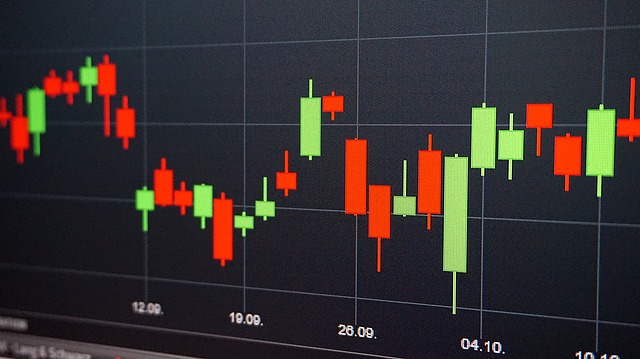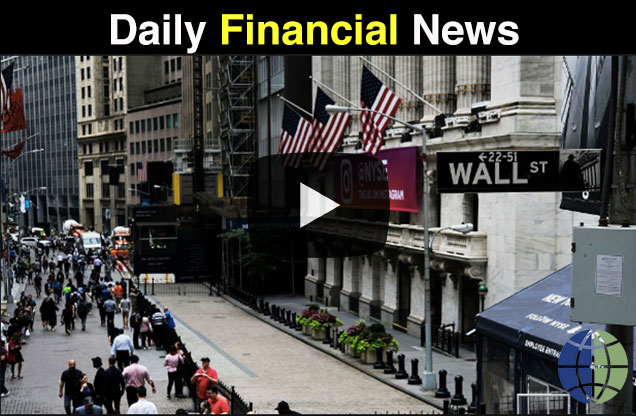Forex trading is a complex market. Placing a Forex order effectively can be the difference between a profit and a loss. Orders are executed following how the trader wants to establish entry and exit points. Improper Forex order execution can ruin a carefully laid trading plan.
Here we will discuss how to place the 3 most common orders: Market Orders, Stop Orders and Limit Orders.
Market Orders
This is your typical forex order. It is used to place an immediate order at the given bid or the ask price on your trading chart. A market order is used to either place a new order or close an existing trade.
Stop Orders
A stop order is considered as a market order when a specific price is touched. This order can be used to either take a new position or close an old one. There are two types:
The first is a stop-buy order which issues a market order to buy when the price hits a specified price that is higher than the present market price.
The second is a stop-sell order which issues a market order to sell at a specified price that is lower than the present market price. There are several common situations where a stop order is used.
-
To enter a market when trading breakouts
Suppose that a currency pair is supposed to make a breakout. Following on your analysis, you believe that once it reaches this point it will breakout and advance higher. In this case, you would place a stop buy order above the breakout point so that you can trade the rising price and place your long position. A stop order can similarly be used to trade a downside breakout. In this case, you would execute a stop order lower than the support level so you can trade the lower price and take your short position.
-
To limit your losses
Everyone faces losses, what is important is that your losses remain small. Before you enter any trade, you should have a proper plan on closing your trade in appropriate time it in case the market turns against your position. An effective way to exit a losing position is by establishing a stop order which is usually called a stop-loss. In a long position where you want the currency value to go up you would use a stop-sell. This will limit your losses if the market turns. If you are in a short position you would use a stop-buy instead.
-
To protect your profits
When your trades are profitable position, you will want to move your stop order into the profit zone to protect your gain in the event that your profit objective is not met. Once again, if you are in a long position you will use a stop-sell and if you are in a short position you will use a stop-buy.
Limit Orders
Limit orders are used to enter or exit a new position when you only need to do so at a certain price or better. This type of forex order will only be executed when the market reaches a specific price or better. There are two types.
The first called a limit-buy order creates an order to buy a currency at a specific price or lower that is lower than the current market price.
The second is a limit-sell order that creates an order to sell a currency at a specific market price or higher that is higher than the present market price. There are two common scenarios where a limit order is used:
-
To enter a market when you fade breakouts
To fade a breakout, you must expect the currency to fail to reach a resistance point or support point. Basically, you expect the price will bounce off the resistance and go lower or bounce off the support and go higher. You would use a limit-sell to go short near a resistance or a limit-buy to go long near a support.
An example of going short near a resistance would be if you thought a rally toward resistance point is not going to break past successfully. So you want to go short near the resistance point. To do this you would place a limit-sell order just below the resistance level. Your order would then be filled when the market moves up to that point or higher.
An example of going long near a support point would be if you thought a decline in value would fail to break past a support. So you would want to go long as close to that support as possible to maximise profit. In order to do this, you would place a limit-buy order just above the support. Your order would then be filled when the market moves down to that point or lower.
-
To set your profit objective
When you place a trade, you should already be aware of where you want to take profits if the trade goes your way. If you are going long, then you would use the limit-sell order to determine your take-profit point. On the other hand, if you are going short then you will use the limit-buy order.
Note that a limit order only takes places at prices in the profitable zone.
Finally
A good trader must have proper knowledge of understanding on each type of forex order. You must use the precise tools to achieve success.
No matter how you open or close your trades, understanding these three types of forex order is imperative. There are other kinds of forex order, but to even start forex trading you must understand the market, stop and limit orders.


